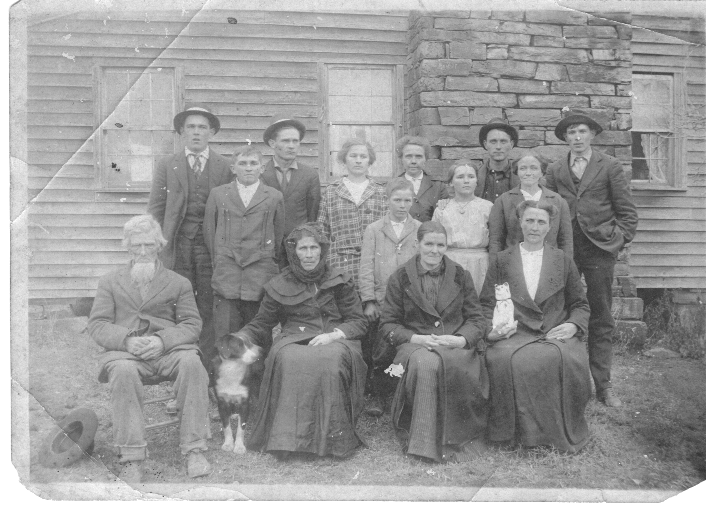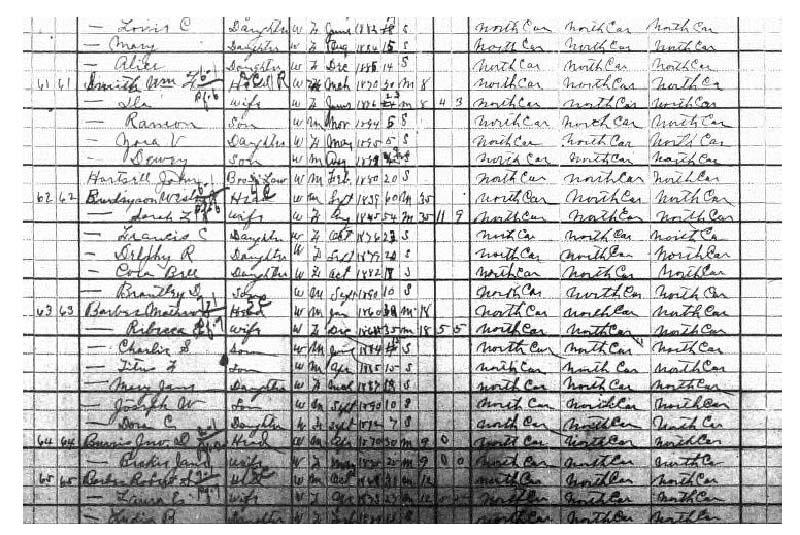Everyone will tell you that mongrels from the dog-pound are happier and healthier than pure-breed dogs, and my own experience with breeding purebred Arabian horses (with a limited gene pool) confirms this observation.
Too much inbreeding, and you can get a super-tiny (13-hand tall horse) with a bad temper, health issues or serious conformation faults.
Anyway, I often wondered if the principles of animal husbandry can apply to humans? Obviously the answer is “Yes”:
http://www.canine-genetics.com/
The Canine Diversity Project is an attempt to acquaint breeders of domesticated Canidae (dogs) with the dangers of inbreeding and the overuse of popular sires. Both lead to the indiscriminate loss of genetic diversity and increase the frequency of genetic problems in the population. These abuses have not been restricted to dogs, but have also occurred in horses, cattle and many other domestic animals
Americans talk of the “melting pot” in the sense of the multi-cultural aspects, but I sometimes wonder of the same principles of genetic out-crossing might explain, (at least in a small way), the success of the U.S.A. as a nation?
I have some firsthand observations from both sides of the spectrum:
Inbreeding
You can reason that sharing of the gene pool (marrying cousins) was necessary to explain the over-lap in family trees. Everyone has 8 great grandparents, 16 great-great grandparents, and so on. If we go-back only 15 generations(about 400 years ago), each of us had 32,768 distinct ancestors. If we go back 30 generations more (about 1,000 years ago), we see an ancestor count that exceeds the entire world's population!
For populations living in isolation (i.e. Madagascar circa 800 A.D., Colonial America) , this is even more pronounced, and everyone, by mathematical certainty, was sharing common ancestors. Before the great immigrations (China, Ireland) during the 1800's, almost all multi-generation Americans were cousins by virtue of sharing a common great-great-great grandparent.
Out-crossing
I also study genealogy and I’ve noted that in my family tree there is a correlation between longevity and genetic diversity.
For example, take my grandfather, James Vespasian “Pace” Burleson. Pace was born in 1869, (right after the Civil War), the child of a Gettysburg Veteran and a Cherokee squaw. Below is John Wesley Burleson, (my great-grandpa), seated, far left, front row, by the dog. Petting the dog is my great-great grandma, Sara Page, a Cherokee Indian:

Pace came from sturdy stock. He smoked, chewed tobacco, drank liberally, and he remained active and healthy until he was over 75 years old. Pace was also more intelligent that the average guy, and became the town schoolteacher.
(I was thrilled a few months ago when I was researching photocopies of the 1900 U.S. Census and discovered that the entire section was hand-written by GrandPa Pace (he was the census-taker). Gazing back over more than a century, I got to know GrandPa at a better-level. Even though he died in 1947, I felt a connection to GrandPa, a man that I’d been separated from by time, yet always wanted to know.)

http://www.bfrg.net/books/Complete%20John%20Wesley%20Burleson%20Book.pdf

